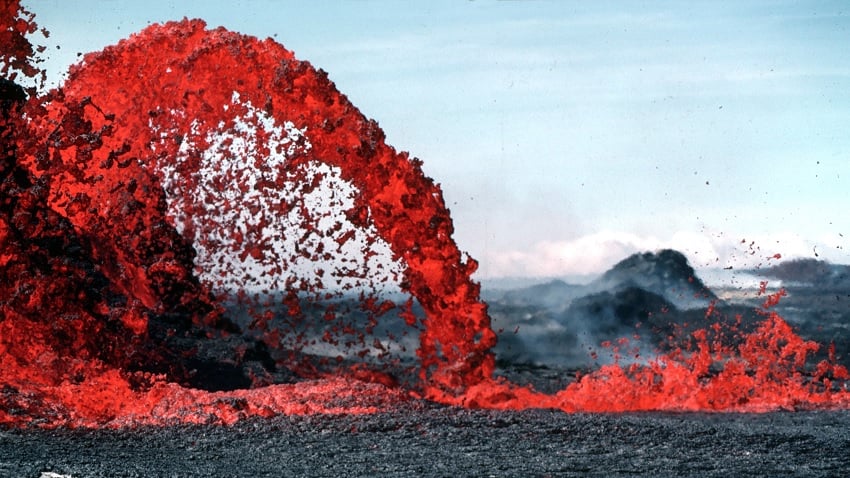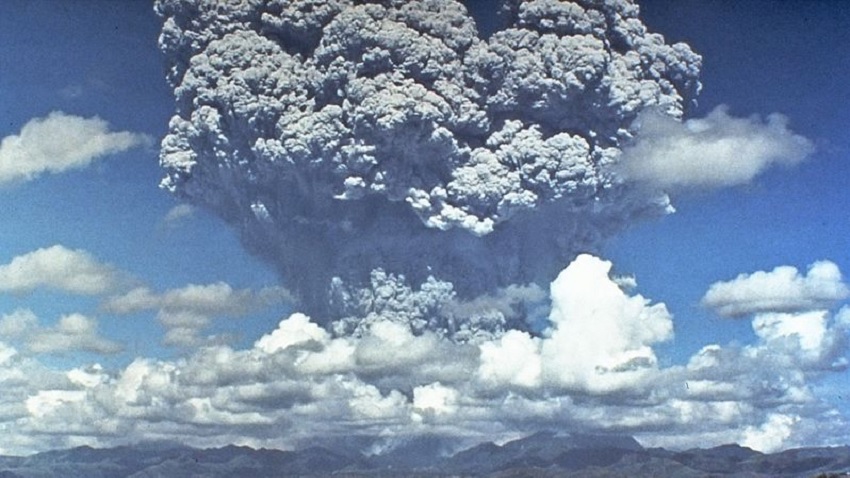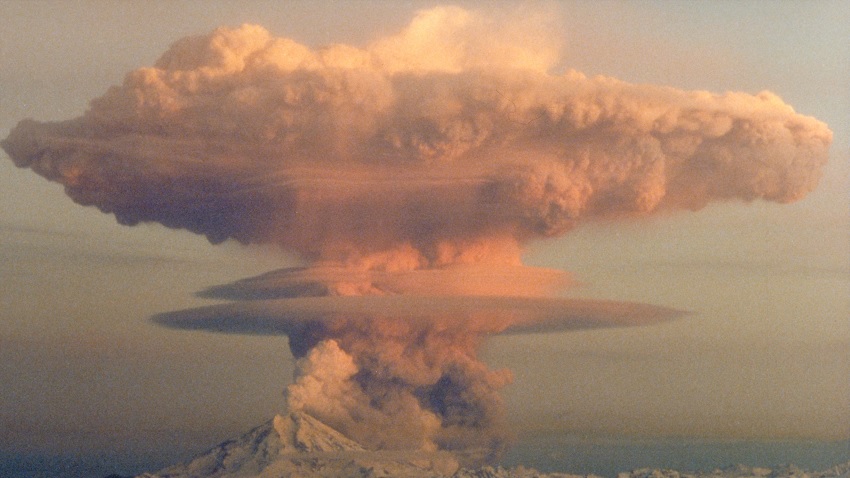Scientists Say Yellowstone’s World-Ending Supervolcano Could Erupt Much Sooner Than We Thought
Make this weekend count, people.
Scientists studying the massive supervolcano under Yellowstone Park have bad news: It could erupt much faster—and sooner—than they previously realized.
National Geographic reports Arizona State University researchers have made a troubling discovery. Studying geological evidence from Yellowstone eruptions in the distant past, they found that it may take a much shorter time for the monstrous volcano to get to the bursting point.

The problem is in the vast subterranean reserve of magma that feeds the volcano, according to the magazine:
A 2013 study, for instance, showed that the magma reservoir that feeds the supervolcano is about two and a half times larger than previous estimates. Scientists also think the reservoir is drained after every monster blast, so they thought it should take a long time to refill. Based on the new study, it seems the magma can rapidly refresh—making the volcano potentially explosive in the geologic blink of an eye.
Speaking to the New York Times, researcher Hannah Shamloo said that it was “shocking how little time is required to take a volcanic system from being quiet and sitting there to the edge of an eruption.”

UC Davis geochemist Kari Cooper didn’t take part in Arizona team’s research, but she told the Times that it provided valuable insight into just how fast a supervolcano might erupt, but she was skeptical as to what might truly set off such a cataclysmic event.
And scientists mentioned in the National Geographic article agree that it’s been hundreds of thousands of years since the supervolcano last blew—long before humans likely reached North America. So there’s that.

If Yellowstone did erupt, the event portrayed in the disaster film 2012 (see clip at top) might be tame. A supervolcano blast would be about 2000 times larger than the Mt. St. Helens eruption of 1980, which killed 57 in Washington State.
As a Utah-based researcher told the Telegraph in 2013, that would be a “global event” with “a lot of destruction and a lot of impacts around” the planet.
In the meantime, while there have been changes in Yellowstone geography indicating the magma reservoir is refilling itself, no one is predicting an imminent eruption.
So keep your fingers crossed and your end-of-the-world go bag packed. Just in case.
